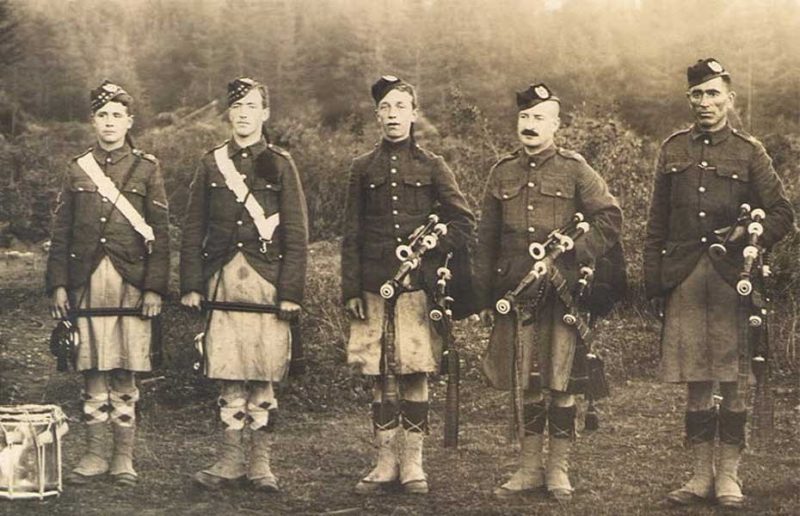The mornings were cold in November 1917, so it’s easy to imagine the scene: His Majesty’s Troopship Canada arrives at the Liverpool docks, England. Soon lines of soldiers, burdened down with kits and rifles, are disembarking down the gangplanks.
They form up into ranks, glad to be on dry land again. With a nod from their commanding officer to the pipe major, the drone of bagpipes tuning up carries through the still air.
Then, to the command of “By the right, quick march!” the men of the 236th MacLean Kilties of America march smartly away from the docks to the sound of their own pipes and drums. North America’s Highlanders had arrived for the Great War.
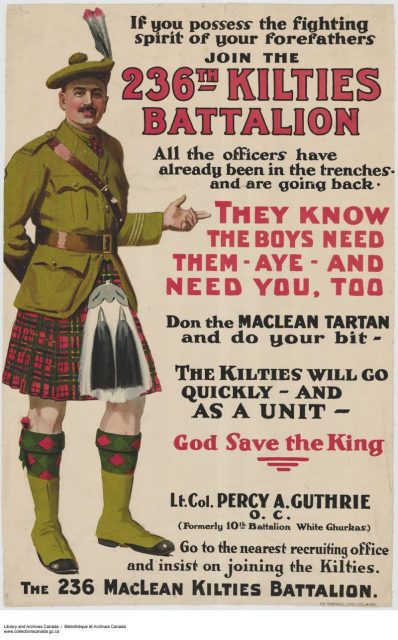
Americans serving in the Canadian Forces were commonplace during WWI. Three battalions, the 97th, 211th and 213th, all designated “American Legion,” had already been raised and deployed to France. But the 236th Battalion was special–its members wore kilts.
The battalion was the brainchild of Canadian Lieutenant Colonel Percy Guthrie. While lying wounded in France, he had heard a Scottish battalion passing by, pipes and drums leading the way.
At that moment he resolved to raise another battalion of Highlanders. Upon his return home to Canada, he gained official support for his idea. In May 1916, the 236th New Brunswick Kilties, also called MacLean Highlanders, was created.
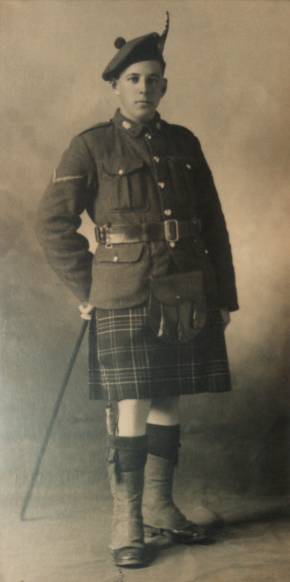
Needing men to fill its ranks, Guthrie’s gaze quickly turned to New England following America’s entry into the war. With a quick change of name and cap badges, the 236th MacLean Kilties of America appealed to Scots-Americans from Maine to Boston for recruits. Within eleven days, the Highland battalion had overfilled its ranks.
After arriving in Great Britain, the battalion trained hard under the expert eyes of its officers and non-commissioned officers, all of whom were veterans of the Western Front. In March 1918, the Kilties deployed to France. A cruel blow awaited them.
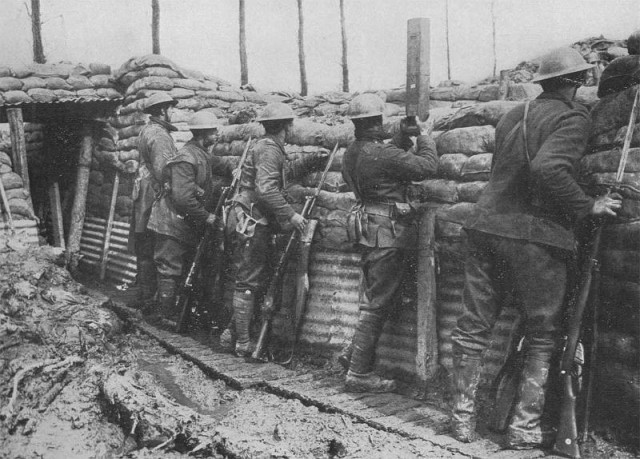
Despite vehement protests, the battalion was effectively split into three parts to feed the constant need for reinforcements. The Canadians from New Brunswick were allowed to join the New Brunswick Regiment.
The rest, including the Scots-Americans, were divided between the Royal Highlanders of Canada and the Seaforth Highlanders of Canada. They would go on to fight with those regiments in every major battle for the remainder of the war, suffering 553 casualties in total.
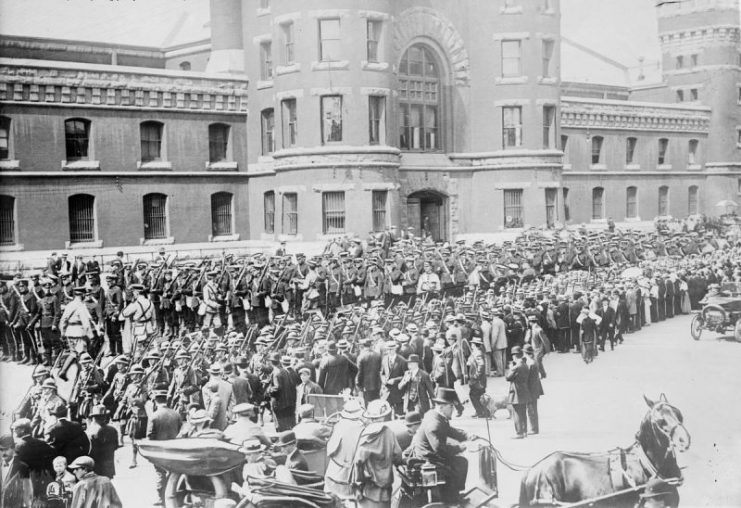
A memorial to all Americans who fought in the Canadian Forces during WWI was dedicated in 1927 at Arlington National Cemetery. The pipes and drums of the 48th Highlanders of Canada played at the ceremony.
Also, in 2006 a memorial plaque to the 236th Maclean Kilties of America was unveiled at their old headquarters building in Fredericton, New Brunswick.
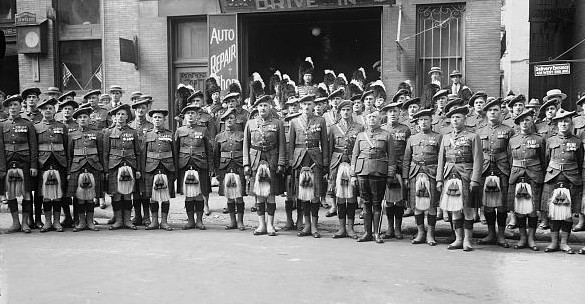
Read another story from us: When the British 1st Used Poison Gas – Battle of Loos
For more details please visit RJ MacDonald Website or Facebook page.
RJ MacDonald’s WWI historical fiction novel, A Distant Field, is to be released on November 11, 2018. The first in a series, it follows Stuart and Ross McReynolds, Scots-Americans who survive the sinking of the Lusitania. Together with four Irishmen, a Canadian, and a young English officer, they join Scotland’s Seaforth Highlanders and head towards the bloody battlefields of WWI.
